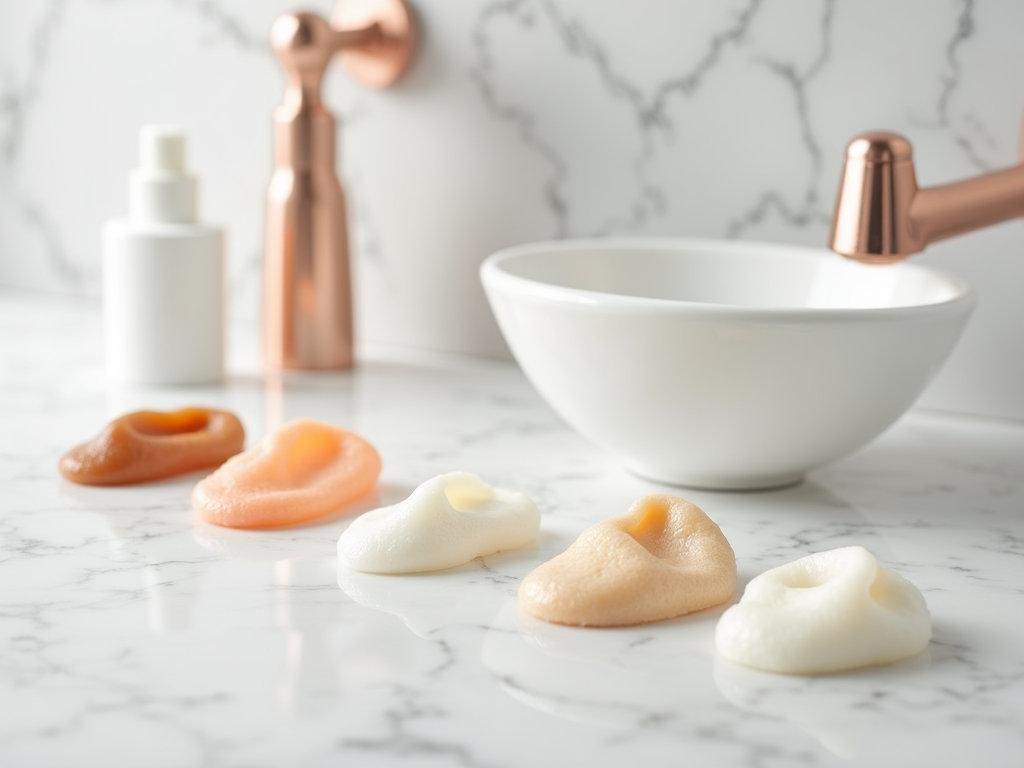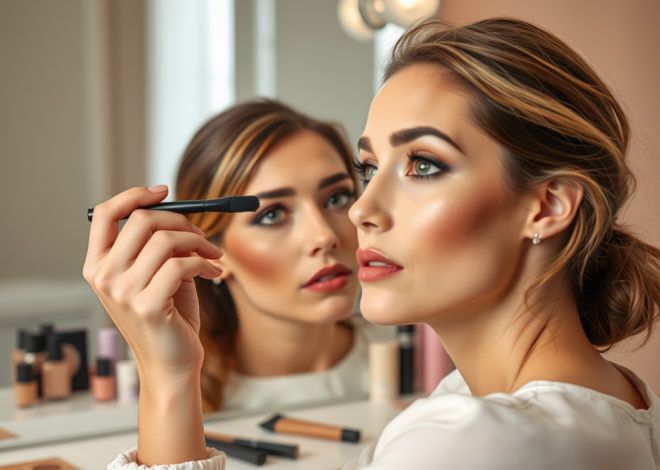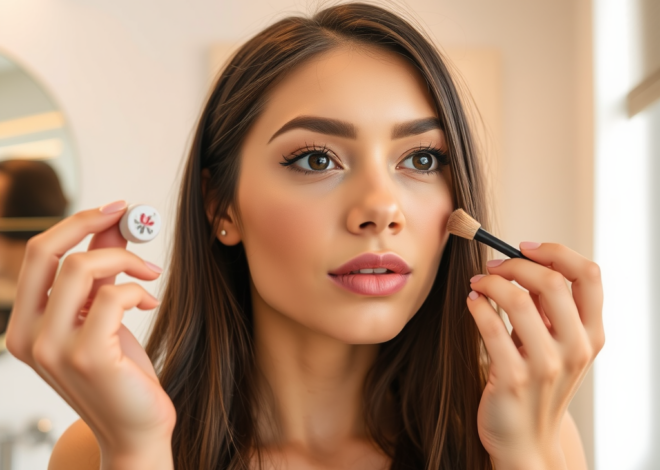
Not All Skin Texture Is the Same! These Are the 7 Different Types of Skin Texture
Skin texture is a term often thrown around in beauty circles, but what does it truly mean? Different skin textures are characterized by distinctive features and can stem from both genetic and environmental factors. Understanding your skin type helps you tailor your skincare regimen for optimal results. Dive into this exploration of the seven different types of skin texture, and see where your unique skin fits in.
1. Normal Skin Texture

Normal skin texture is considered the most balanced of all skin types. It is neither too oily nor too dry and tends to have an even texture with minimal blemishes. Normal skin often has smaller, less visible pores and a smooth surface. This type of skin is not overly sensitive and can handle most skincare products without adverse reactions.
The balance of moisture, oil, and resilience in normal skin makes it relatively low maintenance, but maintaining that balance with a gentle cleanser, moisturizer, and sunscreen is crucial. Despite its low maintenance, normal skin still needs proper care. Over time, environmental factors such as sun exposure and pollution can affect its texture.
2. Dry Skin Texture

Dry skin texture often feels tight and appears rough, with visible patches of dryness and flakiness. This texture is the result of a lack of adequate hydration in the outermost layer of the skin. It can become rougher with the influence of external factors like weather changes or inadequate skincare.
To manage dry skin, hydrating and moisturizing products enriched with ingredients like hyaluronic acid and glycerin are essential. Adopting a skincare routine that includes gentle exfoliation and applying a rich, emollient moisturizer can significantly improve dry skin texture. Additionally, staying hydrated and using a humidifier can help maintain moisture levels.
3. Oily Skin Texture
Oily skin is characterized by a thick, shiny appearance with enlarged pores. This texture is due to overactive sebaceous glands that produce excess oil. While excess oil can lead to acne outbreaks, oily skin often shows fewer signs of aging compared to drier types due to its natural moisture barrier.
Proper skincare for this texture includes regular cleansing to remove excess oil and prevent clogged pores. It’s beneficial to use oil-free and non-comedogenic skincare products that won’t exacerbate oiliness. Incorporating products with salicylic acid can help manage the oil production and maintain a smoother texture.
Combination skin features a mix of textures, typically exhibiting dry patches in some areas and oiliness in others, specifically in the T-zone (forehead, nose, and chin). This makes it one of the more challenging skin types to manage, as it requires a balanced approach catering to the varying needs of different areas.
Use gentle cleansers suitable for sensitive skin, and moisturizers that balance moisture without clogging pores. Tailoring skincare to address both oily and dry areas, such as applying a mattifying cream on the T-zone and a richer moisturizer on dry areas, helps in managing this complex texture. Regular assessment and adjustments to your skincare routine might be necessary as the skin’s needs change.
5. Textured Skin with Enlarged Pores
Skin with enlarged pores can appear rough and bumpy. These enlarged pores are often hereditary or caused by excessive sebum production. While they cannot be completely eliminated, their appearance can be minimized with proper care.
Exfoliating regularly with products containing alpha or beta hydroxy acids can help refine the texture. Using a pore-minimizing primer before applying makeup gives the appearance of smoother skin. Intrinsic skin care routines focusing on deep cleansing and hydration can also improve the skin’s overall feel and appearance.
6. Sensitive Skin Texture
Sensitive skin is usually characterized by redness, itching, or burning sensations, frequently brought on by certain skincare products or environmental factors. The texture of sensitive skin can differ based on the severity of its reactivity to irritants.
Use hypoallergenic, fragrance-free skincare products to avoid aggravating sensitive skin. Patch testing new products before full application can prevent severe reactions. A simplified skincare routine using soothing ingredients like aloe vera or chamomile can help maintain a smooth texture.
7. Aging Skin Texture
Aging skin texture can display fine lines, wrinkles, and a loss of elasticity. This texture arises from the natural aging process, where collagen production decreases and skin retains less moisture over time. External factors like sun exposure can accelerate these changes.
To improve aging skin texture, incorporate anti-aging products rich in retinoids and antioxidants, which can promote skin cell turnover and repair. Regular use of sunscreen protects against further sun damage. A hydrating routine can help restore some of the lost moisture, enhancing skin elasticity and smoothness.
Conclusion
Understanding these different skin textures is the first step towards effective skincare. Each texture type has its distinct characteristics and needs, and tailoring your skincare routine accordingly can yield tremendous benefits. Regardless of your skin texture, always follow a consistent routine centered around cleansing, moisturizing, and protection from environmental damage.
By recognizing your skin’s specific requirements and adapting to its changes, you’ll be well on your way to healthier, more radiant skin.
Frequently Asked Questions
What is skin texture?
Skin texture refers to the surface quality of skin, describing how smooth, even, or coarse it may feel or appear. It can be influenced by a variety of factors, including genetics, skin type, and environmental exposure.
Can I change my skin texture?
While you cannot change your skin type, you can certainly improve its texture. Proper skincare routines, including exfoliation, hydration, and protection from sun damage, can enhance your skin’s appearance and feel.
How often should I exfoliate for better skin texture?
The frequency of exfoliation depends on your skin type. Generally, oily skin might benefit from exfoliation 2-3 times a week, while dry or sensitive skin might need it less often, about once a week.
Is it normal for my skin texture to change over time?
Yes, it is normal for skin texture to change due to factors like age, climate, and hormonal changes. Adjustments in your skincare routine can help manage these changes and maintain healthy skin.
Are there any foods that can improve skin texture?
A diet rich in antioxidants, omega-3 fatty acids, and vitamins can support skin health. Foods like fish, leafy greens, and nuts can contribute to maintaining a smoother, more radiant skin texture.


